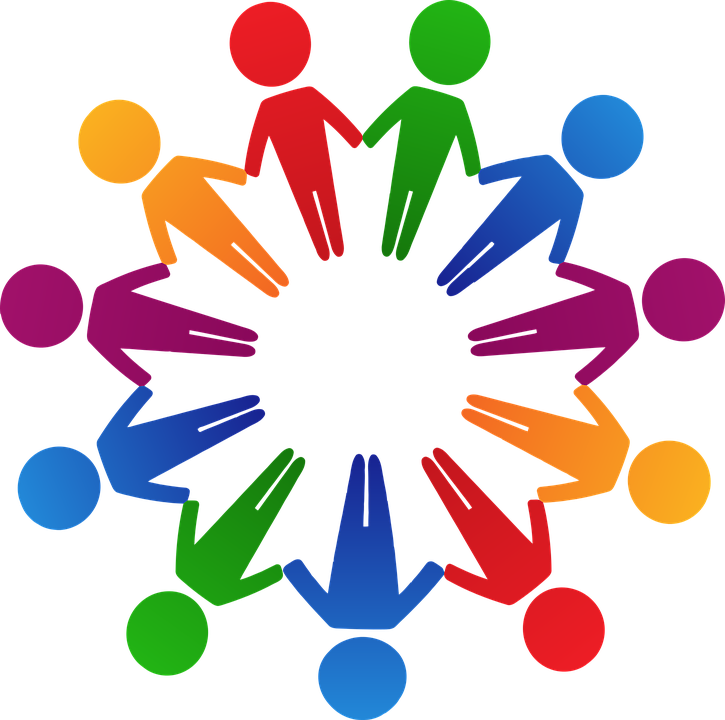
Even though creativity seems to serve uncountable objectives in the business environment, many companies do not take the chance to develop creative activities. For example, when things are going well, most companies are not compelled to innovate.
Good ideas often come out of dissatisfaction, when things are not working in the way they expected. For instance, when a company is pleased with their customer service processes, this organisation will be less incentivised to innovate these processes
Creative processes imply different degrees of change that companies should be willing to take. Some hindrances preventing companies from adopting a creative attitude are:
◾ Short-term orientation: Many companies have a hectic schedule, which includes countless meetings, tight deadlines, overworking, etc. Oftentimes, these companies tend to focus mostly on the short-run, for example, activities like paying the bills, and serving current customers, among others. In these organisations, creative activities are not prioritised because employees have to deal with urgent tasks. In contrast, creative companies are strategic; they tend to adopt a long-term perspective. These organisations understand that some innovative insights take time to develop, therefore, these organisations avoid rushing creative ideas. These organisations also realise that some creative ideas need to go through a process of experimentation, adjustment, and testing to see if they are feasible or not.
◾ Rigid mental categorisation: The human mind has a natural tendency to categorise and store information in rigid mental classifications. Consequently, any new information is kept in one of the pre-existing categories. Oftentimes, these categories do not have any practical application, especially when facing new circumstances. Most people tend to stick to their limiting mental categories without challenging them. Creative people are instead prone to question their mental categories, modifying or recombining them, or even creating new classifications.
◾ Copying others: Some companies adopt the same perspectives and methods used by other competing organisations, regardless of their suitability for the specific dynamics of the former. Many companies are prone to thoughtlessly emulate what is in fashion or currently trending in the marketplace. Companies which adopt this passive attitude are unwilling to undertake creative projects, which harness their unique resources. Nonetheless, some companies analyse what works for other organisations, but also creatively adapt these aspects to apply them to their own specific reality. This approach is called benchmarking and is considered a creative tool.
◾Fear of uncertainty: Most business people have a fear of uncertainty. These people perceive unpredictable situations as threatening, which makes them feel anxious and powerless. Therefore, people tend to develop patterns, routines, and regularities to avoid uncertainty. Companies aim to counteract uncertain scenarios in different ways: researching, planning, budgeting, agreeing on contractual terms, etc. People who fear uncertainty are less prone to develop creative ideas, which always implies taking risks. Creativity is naturally related to possible courses of actions, which involve ambiguity and uncertainty. In the creative process, no positive results can be guaranteed; at first, people who develop new ideas cannot know if their ideas will work on a practical level.
Excerpted from the book “The Art of Compassionate Business: Main Principles for the Human-Oriented Enterprise” (2019, Routledge) with permission from the author and publisher.


